J.R.R. Tolkien, the literary genius behind “The Lord of the Rings” and “The Hobbit,” harboured a profound connection with Ireland that echoed in both his literary creations and personal experiences. Tolkien’s immersive engagement with Irish landscapes, language nuances, and Celtic mythologies collectively shaped the timeless landscapes and sagas of Middle Earth that continue to captivate the imagination of generations.

J.R.R Tolkien was inspired by his visits to Ireland when creating the vast Middle Earth universe.
Central to this connection is Tolkien’s affinity for the Burren region in County Clare, West of Ireland. The Burren’s distinctive landscape, marked by craggy fissures and encroaching woods, stands as a plausible muse for Tolkien’s ethereal realm of Middle-Earth. While as a distinguished English Language and Literature professor at Merton College, University of Oxford, Tolkien made multiple sojourns to the Burren. During these visits, he lodged at Gregan’s Castle in Ballyvaughan, fostering a bond with the captivating Irish scenery.

The Burren, County Clare, Ireland.
Additionally, his role as an external examiner at the Department of English in University College Galway further deepened his ties with Ireland, with examination stints in 1949, 1950, 1954, and 1959, he had plenty of opportunity to be inspired by her mythical landscapes.
Tolkien’s Words of Irish Origin
The complex tapestry of Tolkien’s linguistic choices reveals intriguing connections to the Irish language. The name ‘Gollum,’ for instance, is speculated to draw inspiration from Poulnagollum in Clare, home to Ireland’s longest cave.

Entrance to Poulnagollum Cave (Poul an gColm, meaning ‘cave of the pigeons’), County Clare, Ireland.
Delving deeper, linguistic parallels emerge as the Black Speech term for the ring, ‘nazg,’ resonates with the Irish ‘nasc,’ denoting a ring or link. Even the term ‘orc’ finds itself under scrutiny, with suggestions of Irish origins linked to Bishop O’Brien’s dictionary, where it signifies a piglet or a prince’s son.

Tolkien’s linguistic odyssey doesn’t end with Irish; it extends to the rich tapestry of Celtic legends and languages, but particularly Irish and Welsh. The construction of his Elvish language, Sindarin, finds its phonological and grammatical roots in Literary Welsh, a testament to Tolkien’s belief that the language’s resonance embodied the “Celtic” essence of the Sindarin Elves.
Celtic Mythology: Tolkien’s Use of Myth from Ireland, Wales, and Beyond
Drawing inspiration from the wellsprings of Celtic mythology, Tolkien intricately wove Irish and Welsh narratives into the fabric of Middle Earth. The Noldorin Elves, for example, bear a striking resemblance to the Irish Tuatha Dé Danann, while the poignant tale of Beren and Lúthien mirrors the Welsh saga of Culhwch and Olwen.

Tolkien drew heavy inspiration from Gaelic, Welsh, Celtic, and Scandinavian mythology.
The interplay between Tolkien’s work and Celtic influences also extends to the Arthurian legends, which themselves have Gaelic origins. Characters such as Gandalf, Frodo, Aragorn, and Galadriel find parallels with the legendary figures of Merlin, Arthur, and the Lady of the Lake. The symbolism of swords, as exemplified by Narsil/Andúril and Excalibur, shares a common thread of being broken, marking epochs, accompanying triumphant kings, and possessing enchanted scabbards.
A Modern Twist?
Recently, interpretations of Tolkien’s legacy have deviated from his original vision. Peter Jackson’s portrayal of Elves in “The Lord of the Rings” films introduces an “otherworldly” Celtic aura, distinct from Tolkien’s conceptualization. Similarly, the use of Irish accents and Celtic music for Hobbits in “The Lord of the Rings: The Rings of Power” has faced critique for perceived inaccuracies and stereotyping.
Sources:
- Did Tolkien find Middle Earth in the west of Ireland? https://www.rte.ie/brainstorm/2023/0906/1403710-tolkien-ireland-galway-burren-middle-earth/
- Did the Irish language influence the names of Gollum and the orcs in the Lord of the Rings? https://www.thejournal.ie/readme/the-irish-for-did-the-irish-language-influence-the-words-in-the-lord-of-the-rings-4619175-May2019/
- Tolkien and the Celtic, Wikipedia. https://en.wikipedia.org/wiki/Tolkien_and_the_Celtic
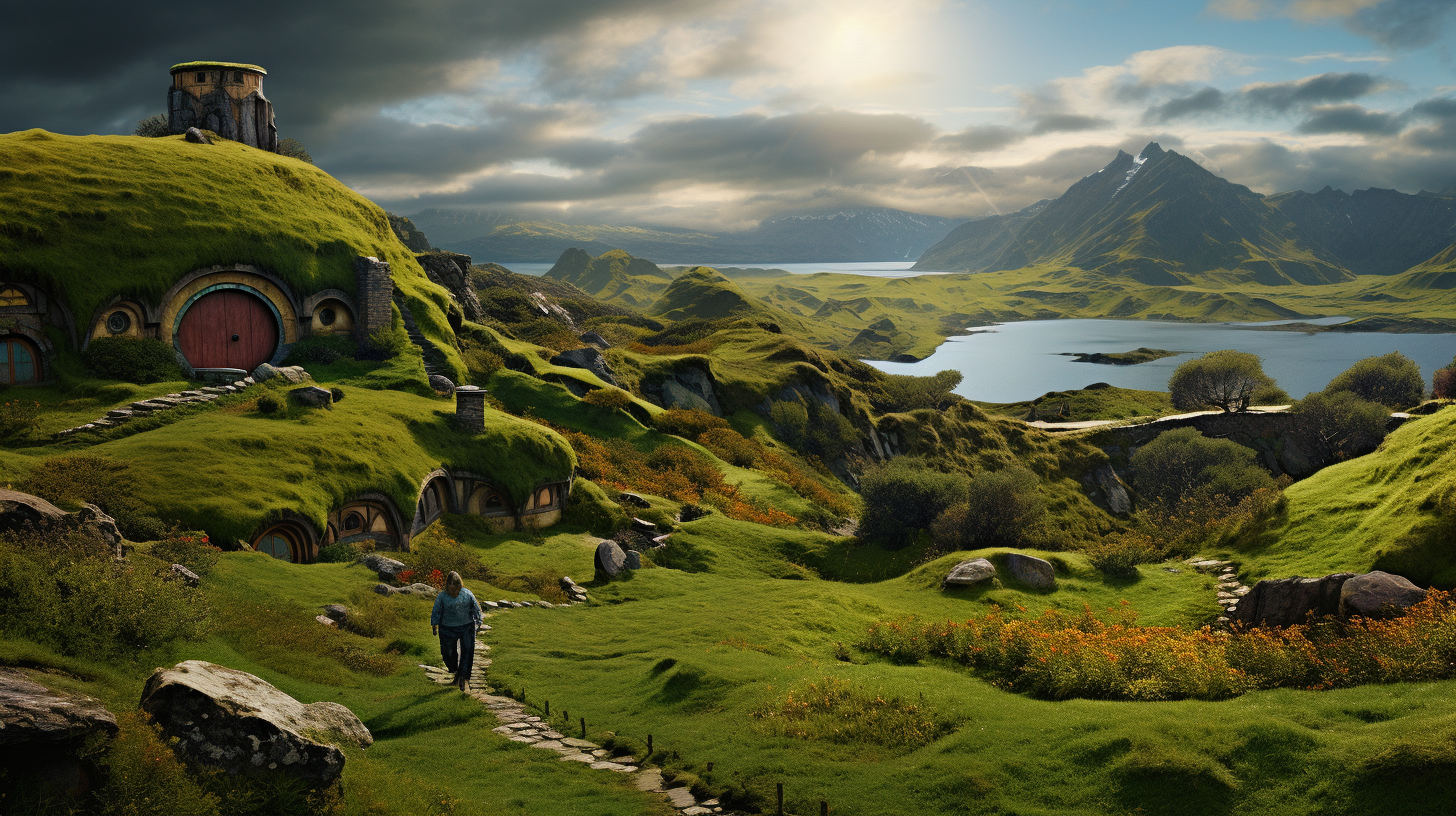
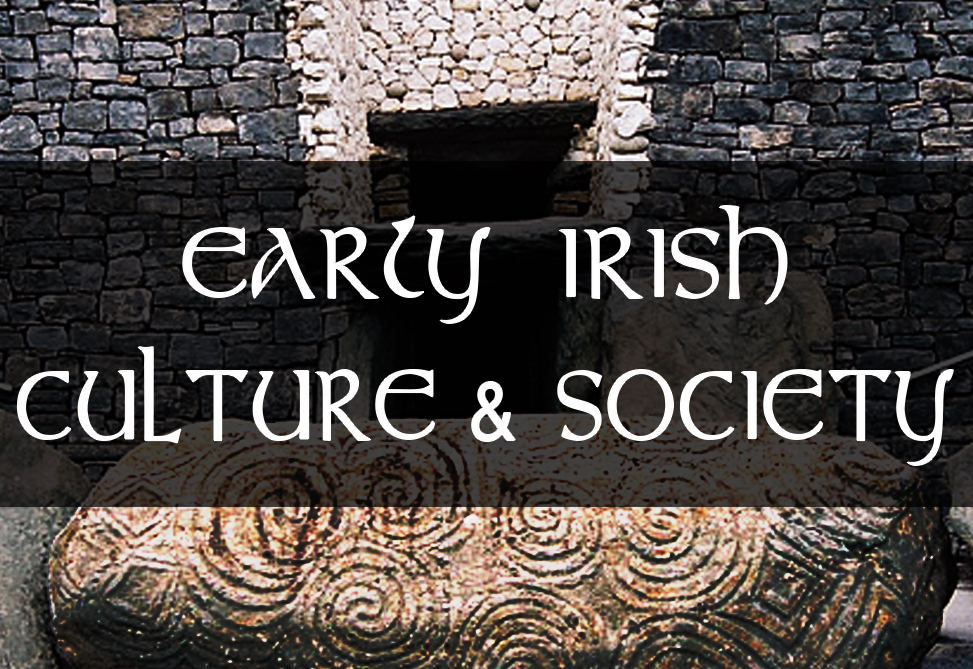
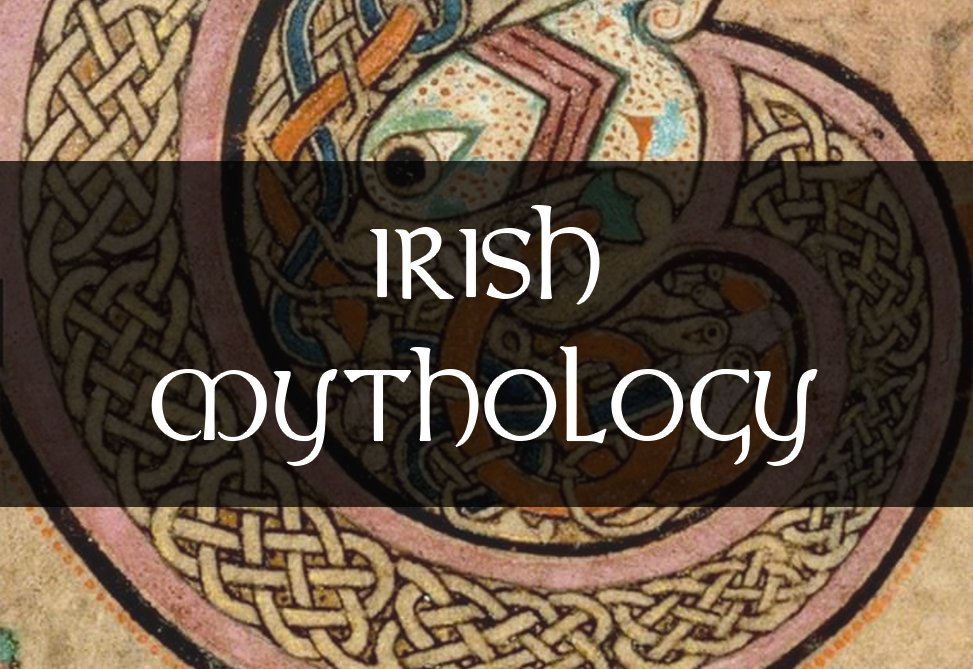
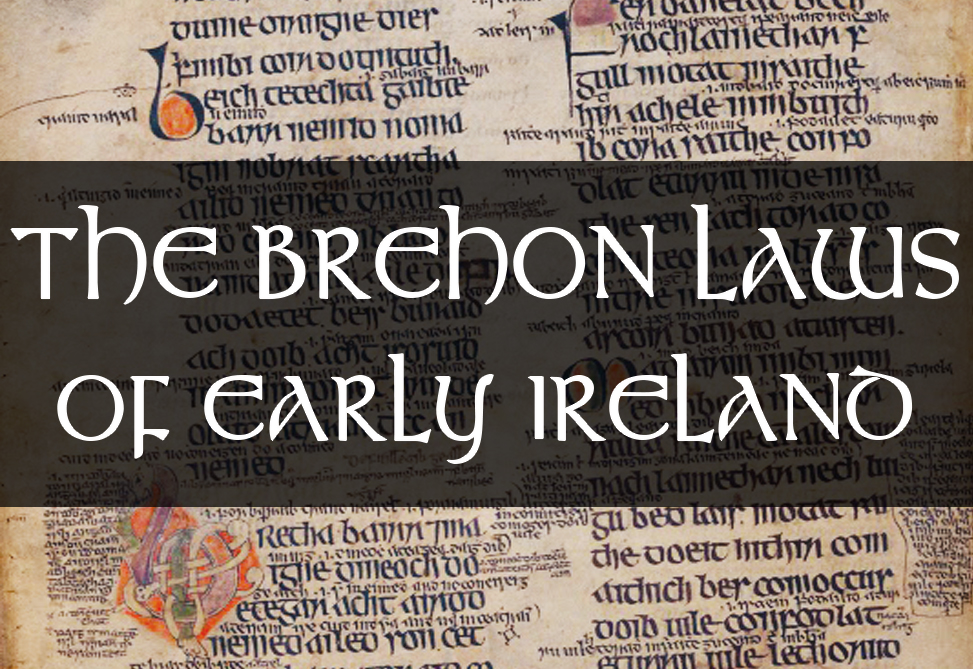
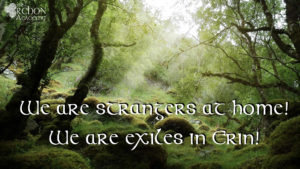
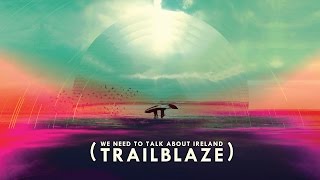
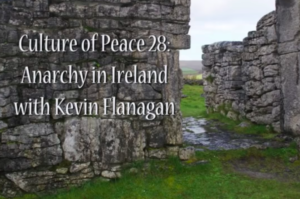
Pingback: The Hive reads THE HOBBIT - Part 2 (READALONG) | Fantasy-Hive